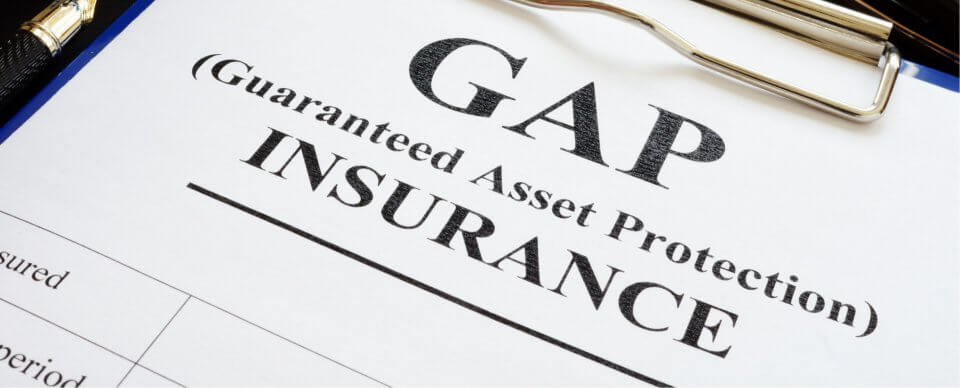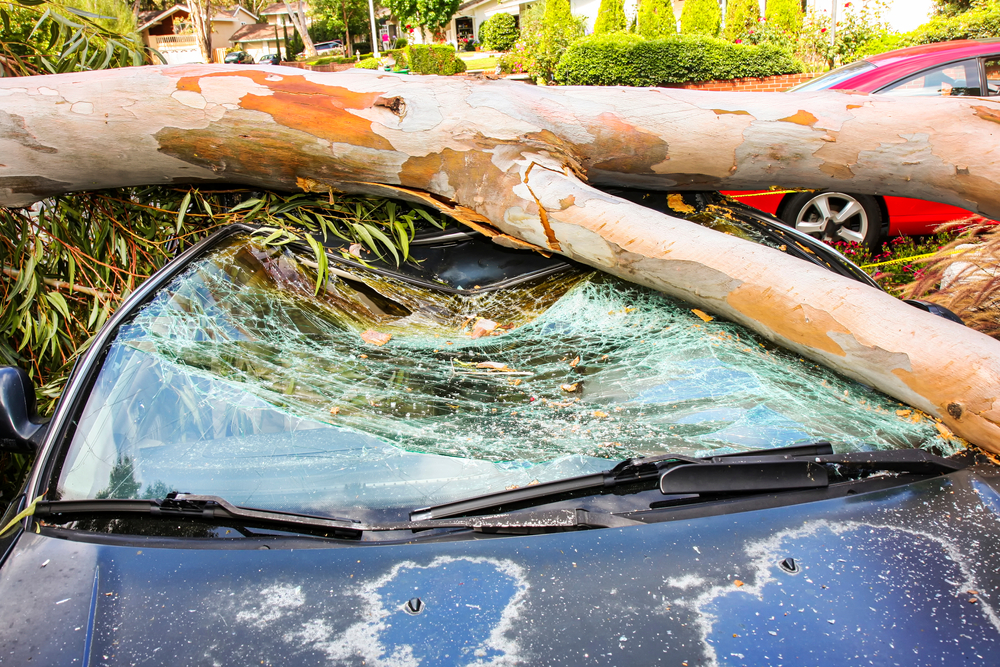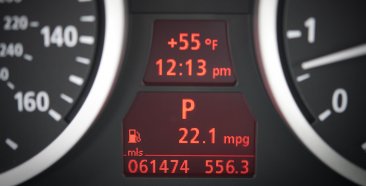
Buying a new car or truck can be an expensive proposition with most price tags hovering in the neighborhood of $30,000 or more. If your new ride is declared a total loss for some reason, you may still owe more on your auto loan than the car’s actual cash value (ACV), which is how much the insurer will pay you if you have full coverage auto insurance. Guaranteed Asset Protection (Gap) insurance is intended to insure you don’t end up still owing money on a car that’s a total loss.
Is this necessary? Do you really need it? Understanding all the ramifications of buying a new car and what insurance you need is always a good plan.
What is Auto Gap Insurance Coverage?
Gap insurance pays the difference between what the vehicle is worth and how much you still owe the finance company if something catastrophic happens, such as your car is a total loss after an accident or it is stolen. Gap insurance coverage is a great idea if you’ve bought a new car and you owe quite a bit of money on your auto loan. For example, if you paid $30,000 for your new wheels, your loan balance is $27,000 and someone makes off with your ride while you sleep at night. Or you inadvertently miss a red light and get into a crash that totals your vehicle.
Without gap insurance, you are without a ride and, let’s say, your remaining balance is $27,000 after one year. If you have full coverage protection, including comprehensive coverage and collision coverage, your insurer will step up to pay what the ACV is – but it’s not going to be $30,000. As soon as you drove that it off the lot, the sad fact is that the car’s value started the depreciation process – and lost up to 20% of its value in the first year. That means your shiny new automobile you bought for $30,000 is worth $24,000 after a year. So, you’ll be out the car, and you’ll still need to pay $3,000 on your loan balance.
But with this protection, your insurance provider will pay that $3,000 difference, minus your deductible.
Is a Gap Policy Required?
No, it is not required by any states as part of the state-required insurance policy. Some lenders or a finance company might require it, especially if you don’t put down much money or if you choose an extended loan period. For the most part, it is considered an optional car insurance, but in some cases, it is a good idea. Motorists should look at the variety of optional coverages and decide if any of them are a good fit. One that might be considered is new car replacement coverage, which will pay for a brand new car of the same make and model to replace your if something happens.
What is the Cost of Gap Insurance Coverage?
One suggested amount is 5% of the amount of your car loan. So, if your loan is for $25,000, this would cost about $1,250 annually – or $104 per month. Other sources put it at $3 per month when you add it to an existing policy. If you buy it from the car dealership or your lender, it can cost between $400 and $700. You can see there is quite a bit of disparity so it will behoove you to shop around all options. If your current car insurance company doesn’t offer gap, maybe it’s time to switch carriers.
When you Might Need a Gap Policy
According to the Insurance Information Institute, it may be a good idea to purchase gap insurance coverage to protect yourself and your new vehicle if:
- You made less than a 20 percent down payment.
- You financed the vehicle for 60 months or longer.
- You’re leasing the vehicle.
- You purchased a vehicle that depreciates faster than the average.
- You rolled over negative equity from an old car loan into the new loan.

When You Probably Don’t Need a Gap Policy
Before you deny a gap insurance policy from your dealer, be sure you don’t need it. After that, you can drive with the peace of mind knowing you won’t get stuck having to come up with the difference between what your vehicle is worth and what you still owe on it. So who doesn’t need it? If you check these points, you can probably do without it:
- If you bought your car outright and don’t have a loan or a lease
- If you have a loan, but you owe less than what the car is worth
- If you purchased a high-end luxury model
- If you put a lot of miles on your car annually
Once your ride is worth less than what you owe on it, you can discontinue your coverage.
Which Vehicles Show Depreciation Faster
Because your loan amount and your car’s value are what make gap coverage worth it or not, it’s good to know that some vehicles depreciate faster than others. If you get into a model that depreciates faster, the bridge between how much you owe and how much its worth will be wider faster. Here are some of those cars who lose the most value after 5 years.
Mercedes EQS
Although this luxury electric model is loaded with comfort and top-of-the-line technology, Intellichoice estimates the value of the car will only be 39% after 5 years.
Mitsubishi Mirage
This offering from Mitsubishi has been around since 2011, but hasn’t received much love from the manufacturer. Motortrend describes the subcompact as lacking in crucial features, providing a poor ride and equipped with a wheezy engine. It’s only expected to retain 38.9% of its value after 5 years.
Volkswagon Arteon
It’s got the upgrades and features that drivers want, but is priced a little too high for the average Volkswagon fan. It could lose 38.8% of its value after 5 years.
Volvo S90
Too loud and without enough acceleration power, the Volvo S90 is a beautiful stunner inside and out. Even with its high-class cabin and loads of technology, its estimated it will be worth 36.7% of its original car’s value after 5 years.
BMW 7 Series
Some people love the exterior design, some people not so much. It’s a powerful, luxurious ride, but history hasn’t been kind to this model. The value of the car could be worth only 36.6% at the 5-year mark.
Which Vehicles Hold Their Value?
Buying a new set of wheels that holds its value is a good move. If your insurer does total it or it gets stolen, the chances are good that you won’t be as upside down on your loan as you might with one that doesn’t hold its value. Here’s a look at the top vehicles that are good at maintaining their value after 5 years.
- Jeep Wrangler and Jeep Wrangler Unlimited
- Porsche 911
- Toyota Tacoma and Toyota Tundra
- Ford Mustang
- Chevrolet Corvette and Chevrolet Camaro
- Dodge Challenger
- Toyota 4Runner
Find the Right Affordable Auto Insurance Quotes Online Today
At Freeway Insurance, we help people who need a wide variety of insurance solutions, regardless of their driving record. You can get a fast and free car insurance quote online, call us at (800) 777-5620 or stop by one of our convenient locations today.



